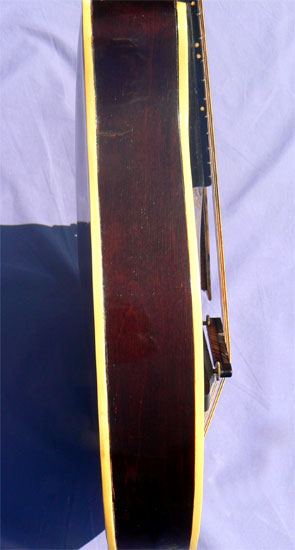
Home / Instruments /Accessories / Ordering / Tips / Friends
archtop.com
c.1941 Gibson Model H-0 Mandola
Status: For pricing and hold status for this instrument, please check our Instruments page here. If this instrument does not appear on the Instruments page it has been sold, and is no longer available. Photos and descriptions of Previously Sold instruments may by found here. To be notified of examples of this or any other model in the future, please contact [email protected],. Please be specific on which instrument(s) you're looking for, and we'll be happy to contact you as soon as they become available.
SN #: EG-5425, stamped on headstock Body width: 11" Body length: 15" Scale length: 15 3/4" Nut width: 1 1/4"
Materials: Solid bookmatched hand graduated spruce top; hand carved bookmatched curly maple back and sides; one piece mahogany neck; solid Brazilian rosewood fingerboard; ivoroid body binding.
Hardware: Original nickel hardware includes engraved Gibson script tailpiece, open backed worm-over-gear tuners with ivoroid keys, compensated adjustable ebony bridge. Vintage correct tortoise pickguard with original nickel bracket.
Notes: We puzzled over it for quite a spell. Bigger than a mandolin, smaller than a mandocello. With an A style body, but f-style soundholes. And no model name. We'd never seen anything like it, and without our trusty copy of the 1936 Gibson catalog, we might still be scratching our heads.
By the middle of the Great Depression, mandolin orchestras had been out of style since the end of WWI. And money for fretted instruments was tighter than rusty machine heads. Gibson's lone surviving mandola, the stylish Florentine H-4 model, was priced at a princely $175, almost $4000 in today's dollars. And not exactly flying off the shelves.
Finally, on page 65, the mystery was solved. A 'New Style' mandola, with a Dust Bowl price: introducing the Gibson H-0 model. Never seen one? Join the club. Even most hardcore mando-geeks have never even heard of the model. But the humble H-0 was truly revolutionary, and not just on price. The first A-style mandola with f-holes and tone bar bracing, the model would not be re-issued for some 60 years, until Gibson commissioned Bruce Weber for a short run of just four M-5 mandolas in 1996, one of which he reportedly kept for himself. And by all indications, that was not much fewer than the total number of original H-0 models produced in total, until its final bow in 1943.
Introduced in 1936 along with the new A-1 and A-50 mandolins, the H-0 was Gibson's last ditch attempt to rescue the entire eight string family from marketplace oblivion. Initially built with a flat maple back, the H-0 was later upgraded with a carved, arched curly maple body, in a deep cherry finish. With an adjustable ebony bridge and truss rod, the model also featured the traditional engraved Gibson tailpiece, as well as a silk screened prewar logo. The generous 1 1/4" nut enhanced playability, and the parallel braced soundboard gave the H-0 more projection and punch than Gibson's older round and oval hole mandolas, with their ladder braced tops.
At barely 2lb 8oz, this gleaming instrument is happily light in weight, with a warm, resonant voice, and excellent headroom and dynamic range. The original Cremona sunburst finish is all original, and free of pick, buckle, or thumbwear. With fine original fretwork on a level Brazilian rosewood fingerboard, the V profile neck offers smooth, low action over a fresh high precision setup. All hardware is original as well, with the addition of a more recent leopard tortoise pickguard, which covers a few lacquer lines left when the original guard crystallized. Apart from a few incidental scattered spider checks, this striking instrument must be one of the finest examples of this vanishingly rare model in existence today .
You see, it's all about the timing. And that's how you get one of the rarest instruments in all of Gibson history. An exceedingly rare find for the player and collector alike, and one of the scarcest and most intriguing instruments of the 20th century. One only: call now.
Case: Black fiber case with gold felt lining.
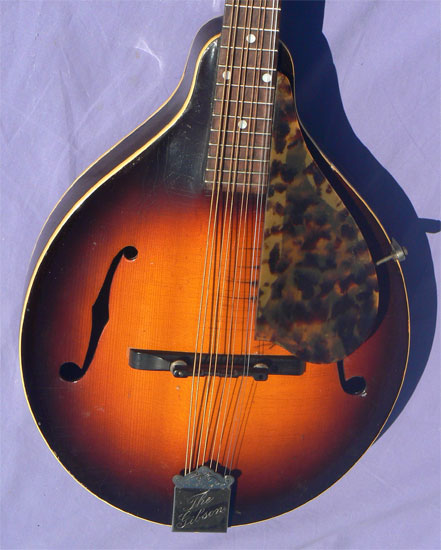
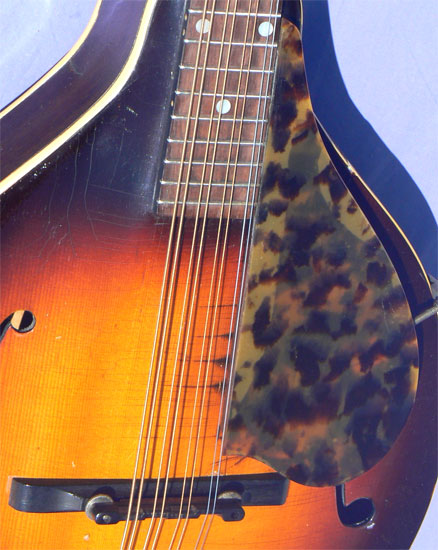
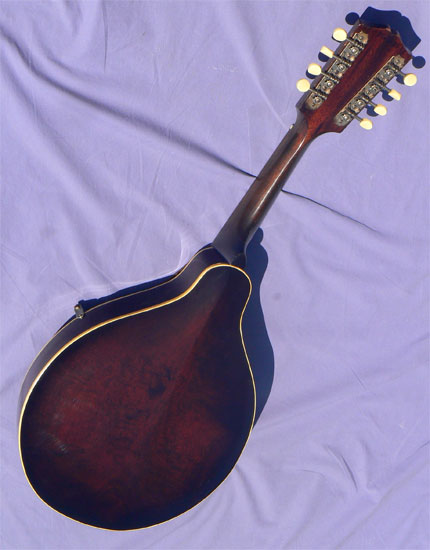
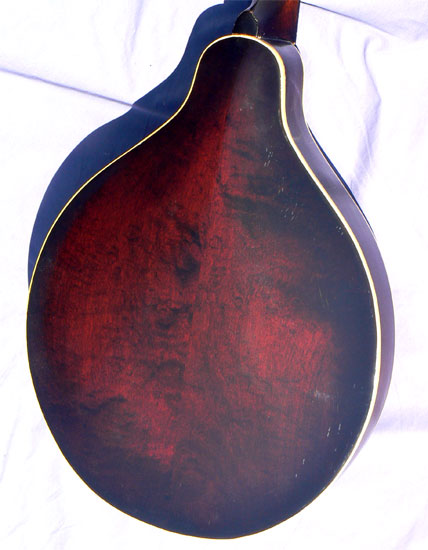

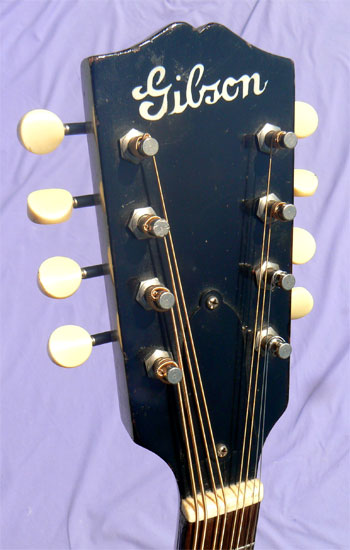
Home / Instruments /Accessories / Ordering / Tips / Friends
